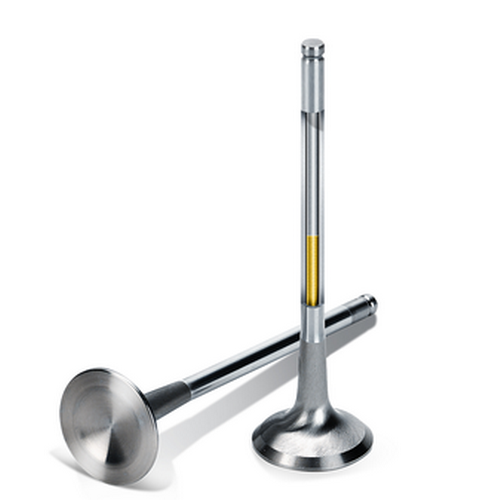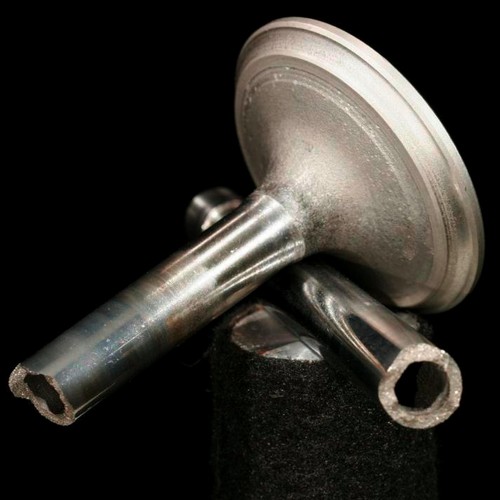Sodium-filled engine valves: what is it for?

You may have heard that gasoline engines, especially high-powered cars, use sodium valves. Why?
The valves are one of the most stressed components of the internal combustion engine or more precisely cylinder heads. While the valve tree, which moves in the guide in the cylinder head, is still well cooled by the fluid flowing in the cylinder head, the cooling capability of the valve head is quite limited.
The solution is twofold
Exhaust valves must be able to withstand a significant thermal load due to the flow of hot exhaust gas from the cylinder into the exhaust pipe. There are several solutions for reducing their temperature.
The so-called bimetallic exhaust valves are first used. In them, the valve stem is welded to the valve head, which is of other material. Usually nickel-alloy steel, so-called Nimonic, is used. In addition, technologies are used in which the valve sealing surface in the cylinder head (i.e. the saddle) is provided with hard metal (stellite). This leads to less wear and tear.

What is the temperature of the exhaust valves
Best design measure to reduce exhaust temperature
the valve is to be hollow. Not only a tree but also a head can have a cavity
of the valve. But how does the valve temperature differ depending on the design?
With a full valve, its temperature can easily reach
750 degrees. If the valve only has a hollow shaft, it will fall by about 100
degrees. If the head is hollow, the valve temperature will average only slightly
exceed 600 degrees.
Sodium as a "shaker"
Best cooling is achieved when the stem cavity is filled with sodium. When cold, the sodium in the tree is gaseous, but as the valve heats up, its gaseous state becomes liquid. This occurs already at a temperature of about 100 degrees, providing a cooling effect at low valve temperatures.
And how does it all work? At the same time, instillation of sodium reduces the volume of the valve cavity. Thus liquid sodium only partially fills the cavity of the valve stem. As a result, liquid sodium in the valve stem cavity can move through the handle - from the valve head to the opposite side, ie. to the handle. With this movement, sodium transfers heat from the hot valve head to the handle. That is, where the valve is already cooled by a cooling channel in the cylinder head. So sodium actually works like a shaker. It removes heat from the valve head and then transfers it to the engine head for cooling.
And what motors use sodium filled valves? Mostly more powerful petrol engines, which typically has a higher exhaust temperature than a diesel engine.
Recommendation of similar texts:

Hi there, I am Mladen and I am an auto enthusiast. I started this blog years ago to help like minded people share information about latest cars, car servicing ideas, used car info, exotic cars, and auto technology. You will find helpful articles and videos on a wide variety of cars - Audi, Mercedes, Toyota, Porsche, Volvo, BMW and much more. Ping us if you have anything cool to share on latest cars or on how to make older cars more efficient, or just want to say hi!






